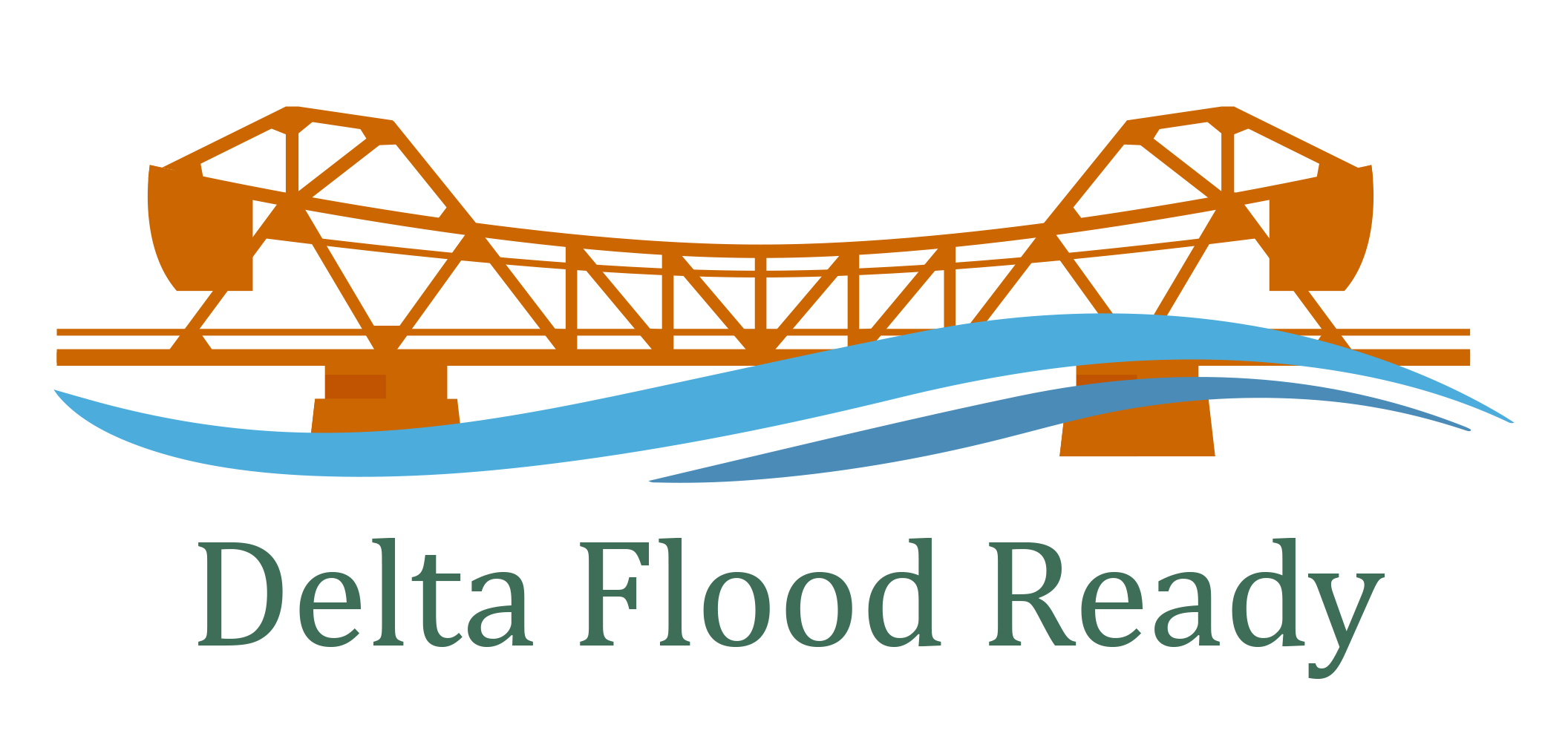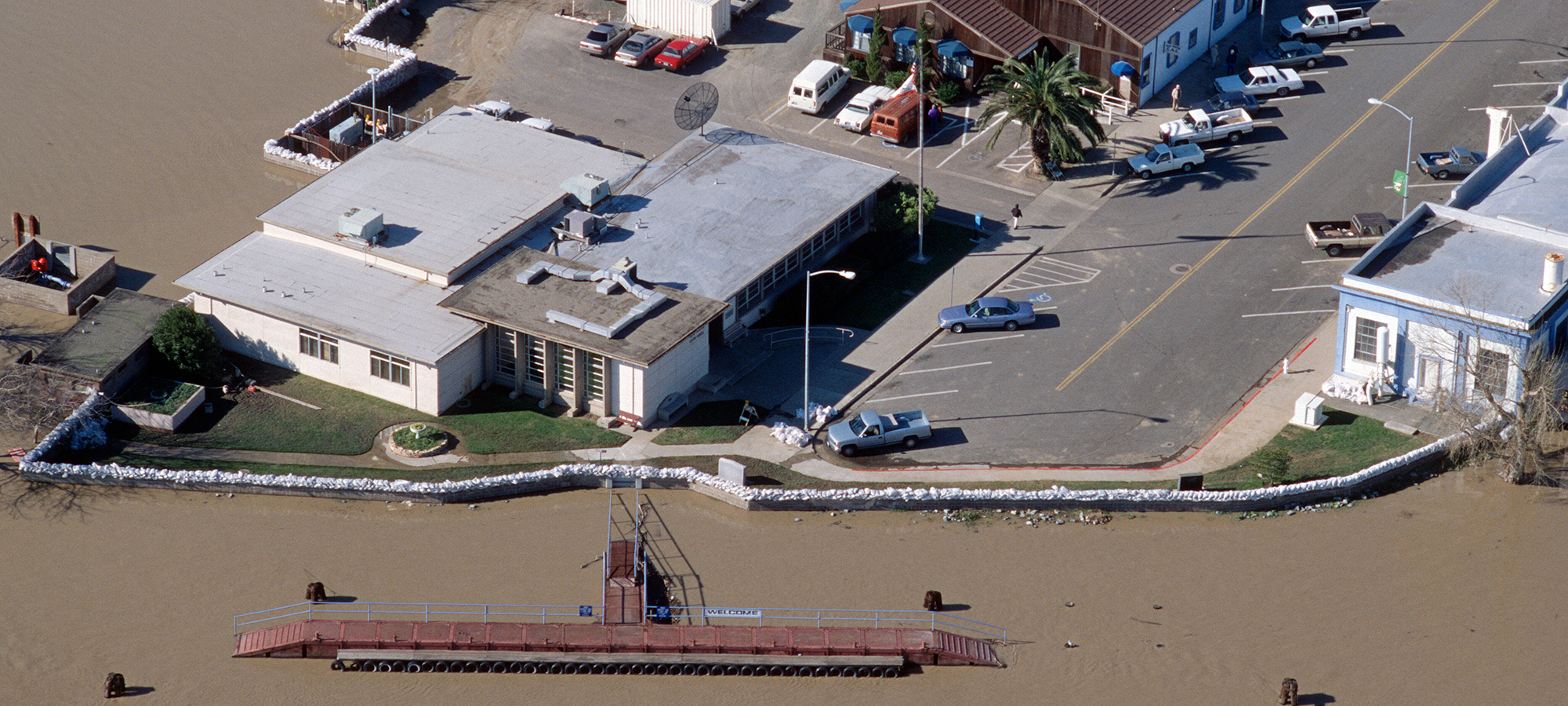In the event of a flood, you may need to evacuate at a moment’s notice, and/or survive on your own for 72 hours or longer. This means food, water, and medications at a minimum. Keep these and other critical supplies in your emergency kit for you and your household, including pets. The supplies should be ready to “grab and go” in the event of an evacuation.
Start gathering supplies to prepare an emergency kit. Use a durable bag and show everyone in the household where to find it.
Each household has unique needs in an emergency. Below is an expanded list of possible supplies to add to your emergency kit. Items such as food, water, and medications should be set aside to cover each person in the household for three days.
- First aid kit
- Medications
- 1 gallon of water per person per day
- Canned, dried, or packaged food
- Manual can opener
- Portable battery-powered radio
- Extra batteries
- Flashlight
- Cell phone power cords
- Clothing, shoes, and coats
- Insect repellent
- Sunscreen
- Pet supplies (food, leash, collar)
- Personal hygiene products
- Assortment of plastic bags
- Emergency contacts
- Family evacuation plans
- Copies of important papers such as insurance policies, identification, bank account information
- Wrench and pliers
- Waterproof matches
- Cups, plates, utensils
- Children’s activities such as books, games, and puzzles
- At least $50 in small bills
- Fire extinguisher
- Infant formula, bottles, and diapers
- Items that are unique to your needs
Visit Ready.gov for more emergency kit ideas and a checklist.
Add a little bit to your emergency kit every month.
Setting up an emergency kit may feel like a challenging and expensive task, but you can add a little bit to your emergency kit every month. There are also ways to build a kit without spending too much money. Some items can be picked up at garage sales and dollar stores. Maybe you have a couple of dollar bills sitting in your pocket – add it to your kit! Make it a habit to add at least one item to your kit each month and you will be more prepared over time!

